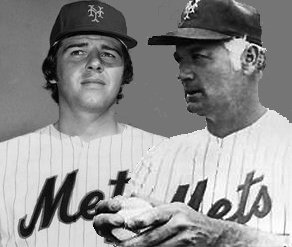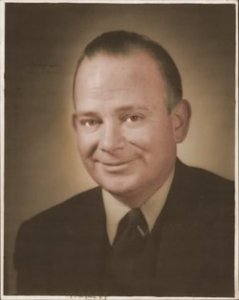After Tom Meany, the next Mets administrator to leave his earthly form behind (October 5, 1965) was one Wid Matthews who, unlike Tom, had been a player — a long time prior. Wid, an outfielder, garnered about a year’s worth of plate appearances over three seasons in the mid-twenties, playing with two American League franchises that would be as doomed as himself by the time the Mets would come into existence: The Philadelphia Athletics and the Washington Senators (or the Nats or the Griffs or whatever they were calling themselves then). It was a rare good time to be a Senator, though, and hopefully Wid got a piece of the post-season money. He was once traded for Al Simmons! Bet you can’t say the same.
In his post-playing days, Wid (actual name: Wid) spent seven seasons as de facto GM of the Cubs, having learned the trade under Branch Rickey with the Cards and Dodgers. He in fact broke the color line for the Cubbies, signing and promoting Ernie Banks. He also gave Buck O’Neil his first MLB job, but he wasn’t as aggressive with black and Latino talent as some of his National League rivals and the team failed to prosper. He moved on to Milwaukee where he was second in command, before becoming one of the first front office employees the Mets hired in 1961. Continue reading






